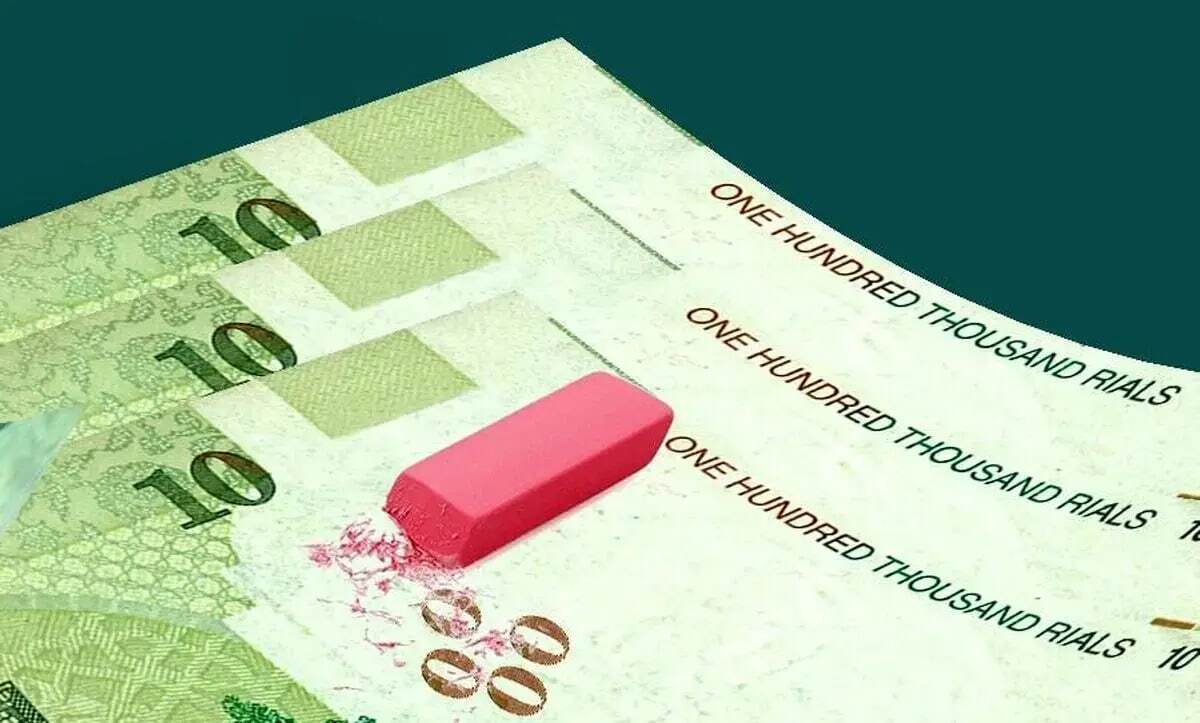
Central Bank of Iran: Pace of Broad Money Growth Slows
EghtesadOnline: Data released by the Central Bank of Iran show that money supply grew at a slower pace in the Iranian calendar month ending Nov 21 compared to the month before.
Broad money stood at 43,159.5 trillion rials ($144 billion) in the eighth month, registering 42% growth y/y. That was a slight decline by 0.8 percentage points on an annualized growth a month before.
According CBI data seen on its website, broad money expanded by 24.2% in the first eight months of the fiscal year (started in March).
The monetary base jumped 35.8% in the 12 months ending Nov.21, recording an annualized rise that was 0.6 percentage points lower than the same time a month before.
However, this increase was still higher compared with the corresponding period last year. It rose 17.8% in eight months since the beginning of the fiscal year, which was 5 percentage points higher than the same period last year.
The CBI said broad money growth could have been lower had it not been for the lengthy accounting operations resulting from a megamerger of five banks with the state-owned Bank Sepah.
Accordingly, transfer of the general ledger of Mehr Eqtesad Bank to Bank Sepah accounted for 2.7% of the broad money growth.
General ledgers record financial transactions that take place during the life of a company and hold accounting information needed to prepare a company’s financial statements. Transaction data is segregated by type into accounts for assets, liabilities, owners’ equity, revenues, and expenses.
“Excluding the merger of general ledgers, broad money would have risen by 39.3% on an annualized basis and 21.8% in eight months,” the CBI said.
It added that the rise in broad money due to the merging process “has no monetary or inflationary implications” because it is related more to statistical procedures.”
Transferring bank ledgers was the final phase of the big bank merger that started in early 2019. It involved Bank Sepah, the oldest in Iran and one of the three still under government ownership, four banks and one credit institution owned by the Iranian armed forces, namely Ansar Bank, Bank Hekamat Iranian, Mehr Eqtesad Bank, Ghavamin Bank and Kosar Credit Institution.
Tapping OMO
To tame the growth of money supply the CBI has regularly implements open market operations to regulate money supply in the interbank.
The CBI employs OMO monetary policy to manage money supply in the interbank market and navigate interbank rates around the regulator’s target.
In the past few weeks the CBI tried to inject funds into banks in dire need of liquidity via the “repurchase agreement (repo)” and the so-called “structured borrowing”.
The bank implemented repo worth 1,284.3 trillion rials ($4.2b) in the month to Nov.21.
A repo is a form of short-term borrowing for dealers in government bonds. Under repo a dealer sells government securities to buyers, usually with short-term maturities, and buys it back the at the maturity date at slightly higher price.
To meet banks’ need for liquidity, the CBI gave 291.7 trillion rials ($972 million) in short-term credit. This was in line with the structured lending program within the OMO framework based on which lenders put up bonds as collateral to borrow.
In addition, the government bond sales continued in the reviewed month to avoid borrowing from the CBI for deficit spending.
The government generated 600 trillion rials ($2b) in bonds in nine months since the beginning of the calendar year that ends next March.


